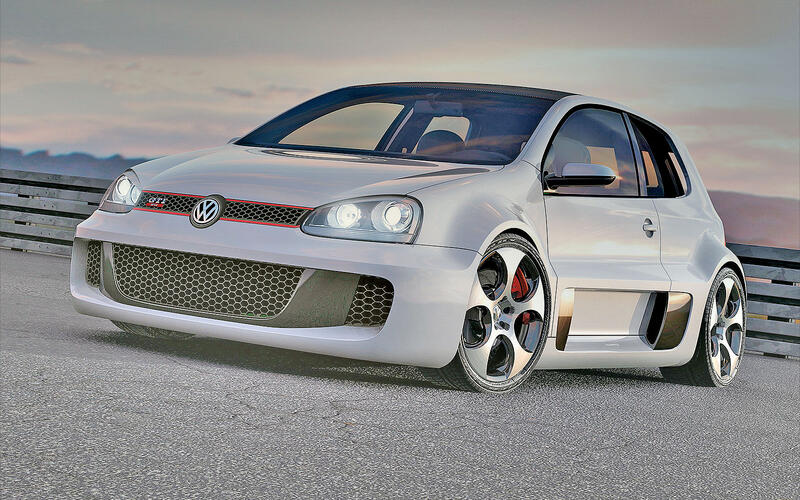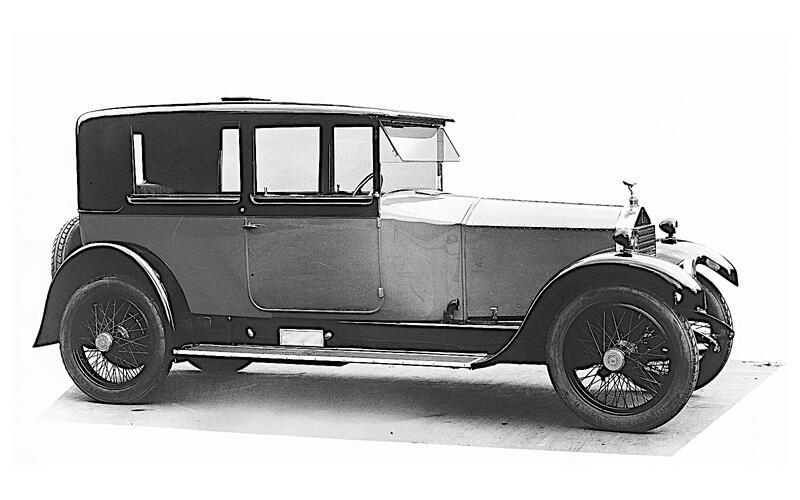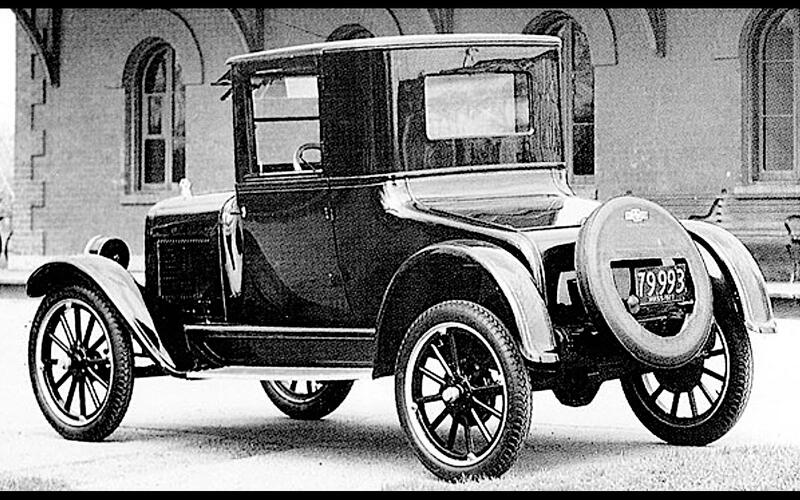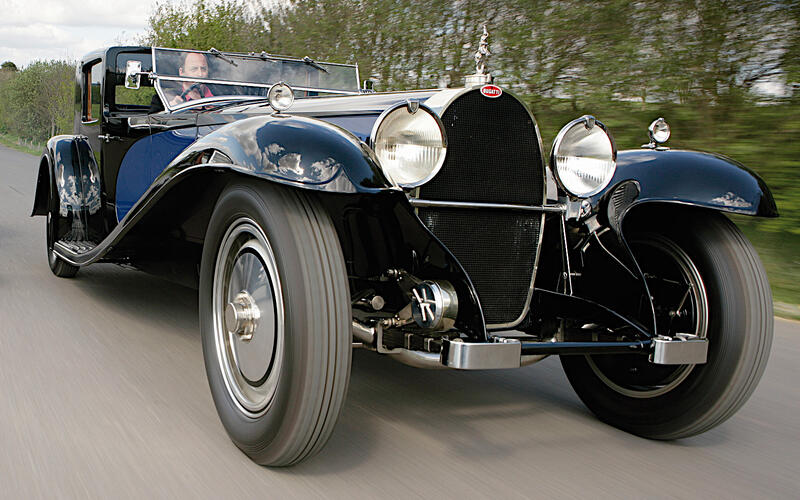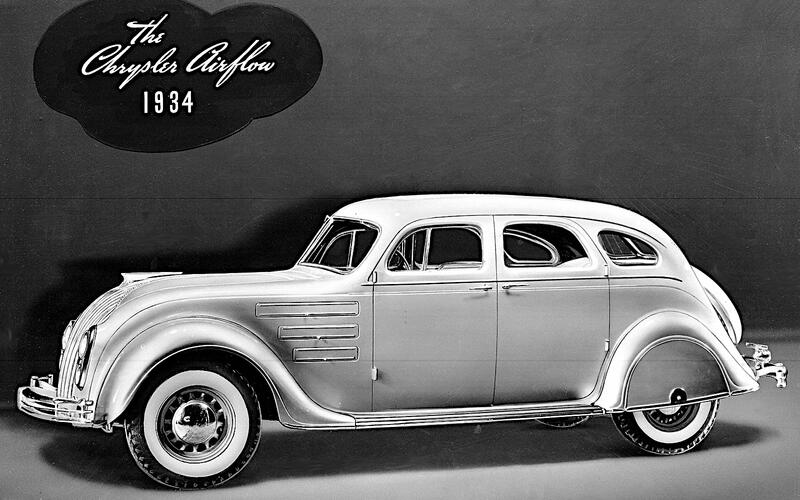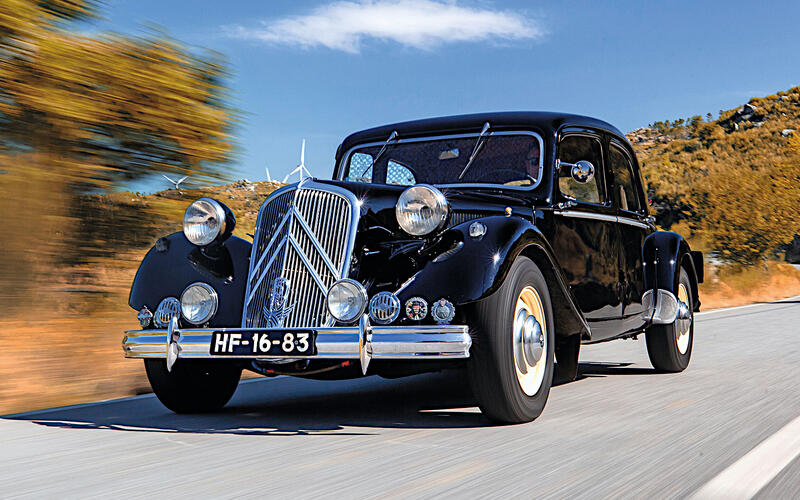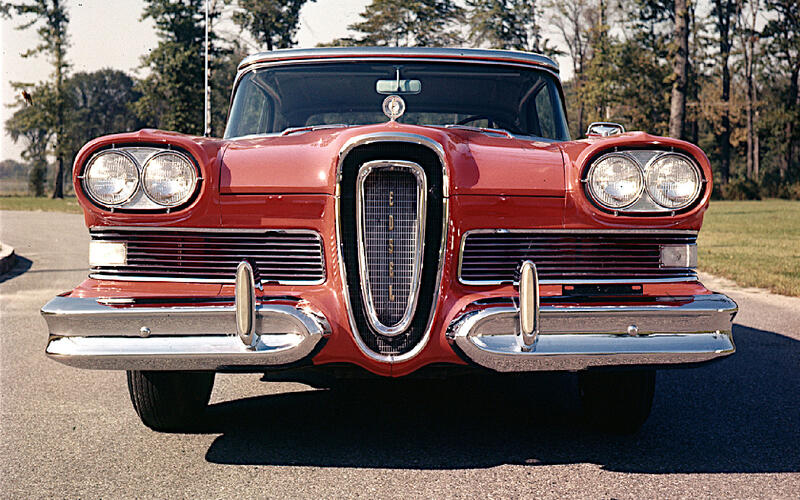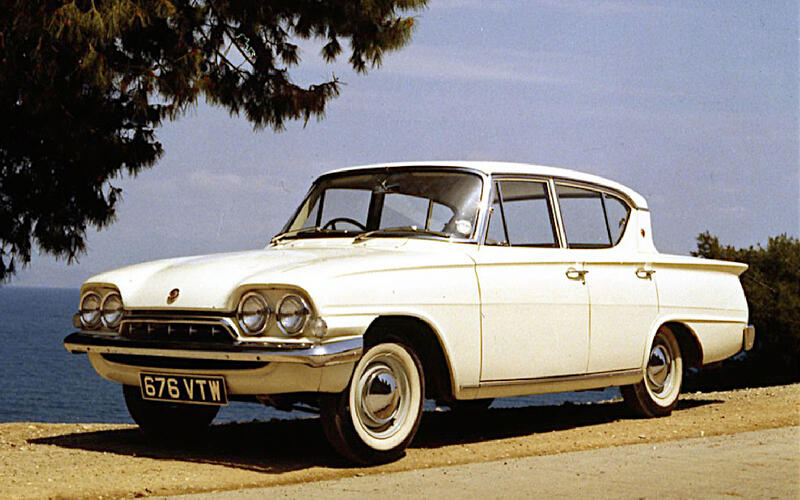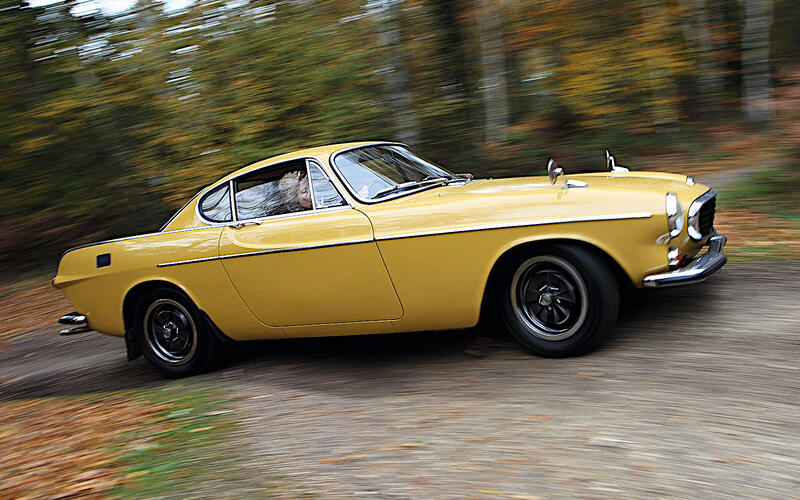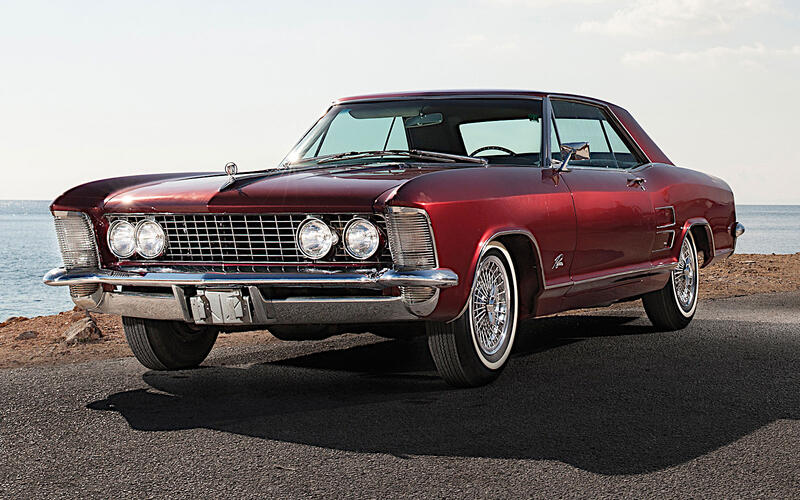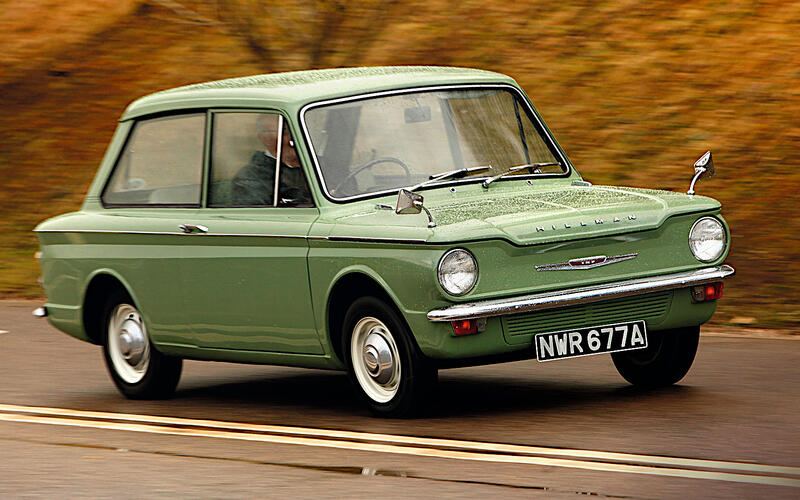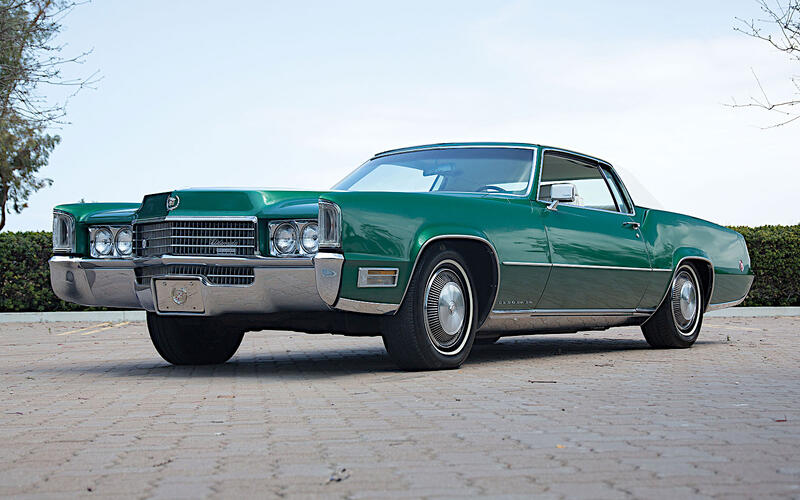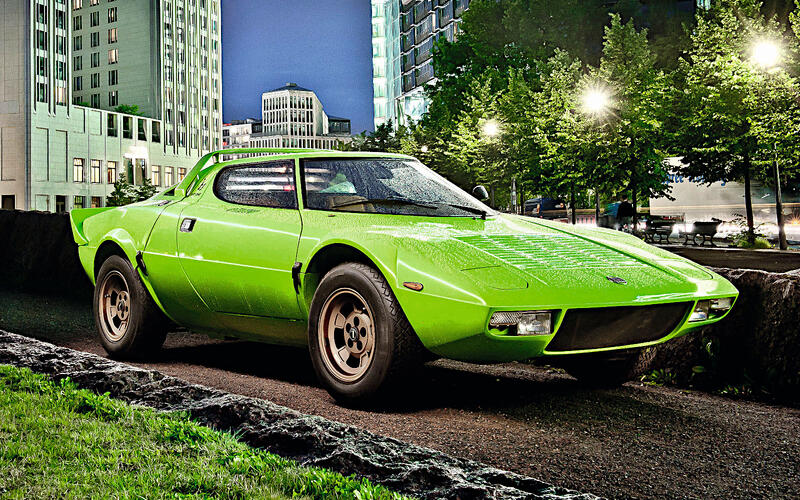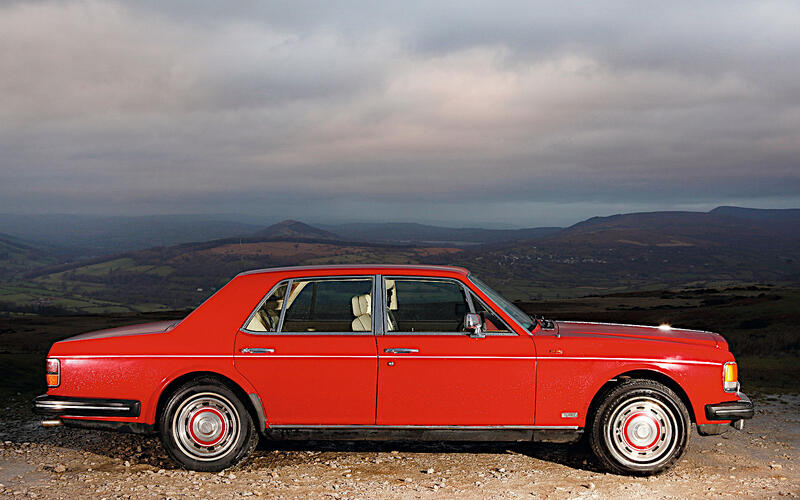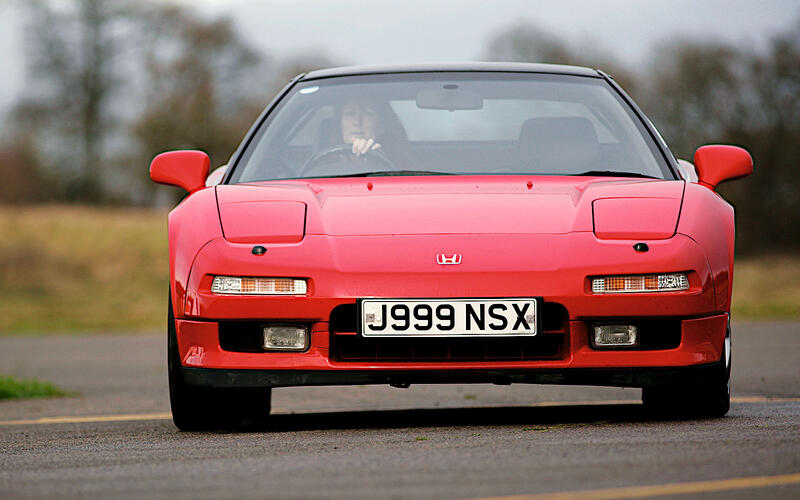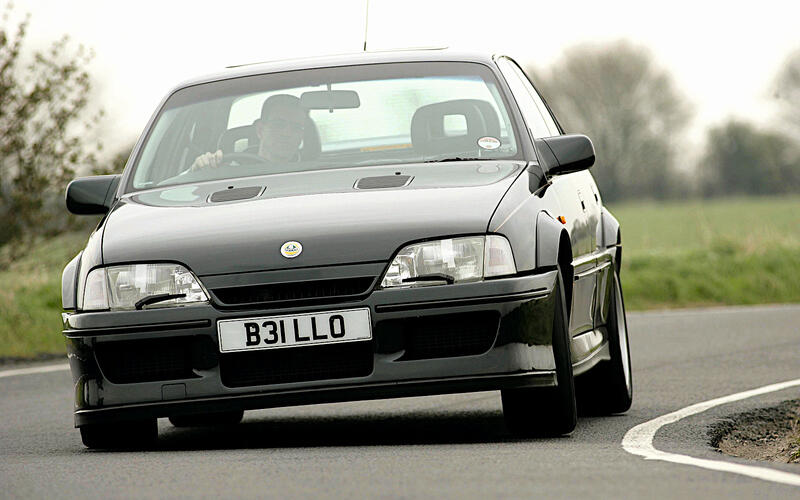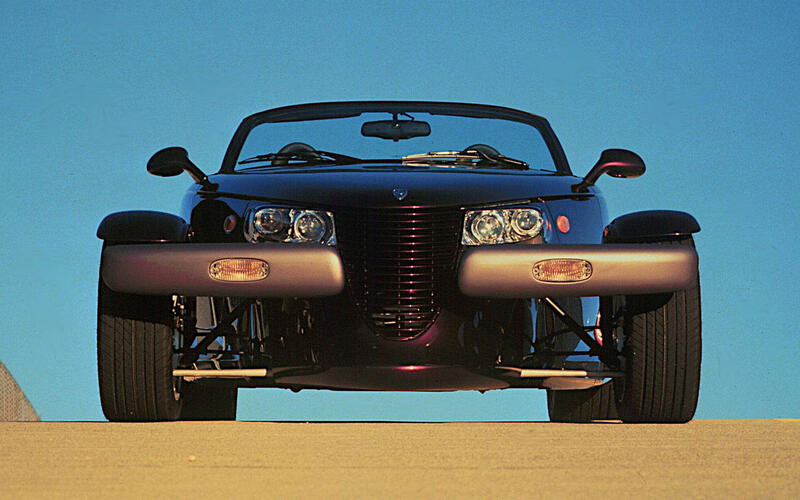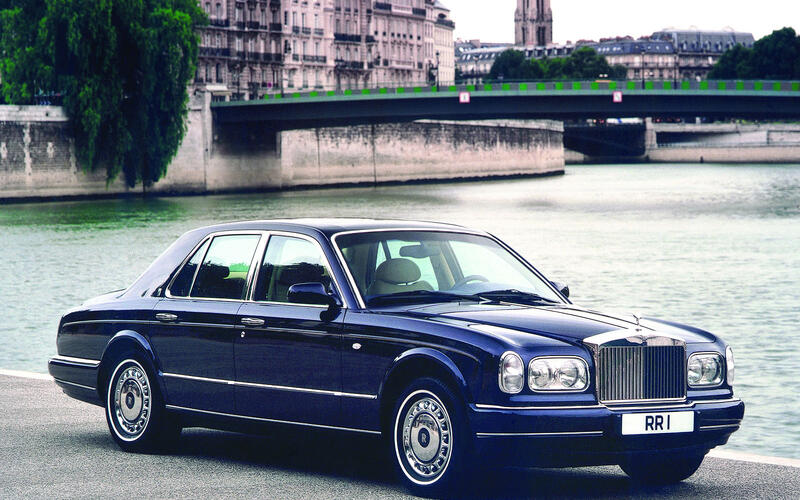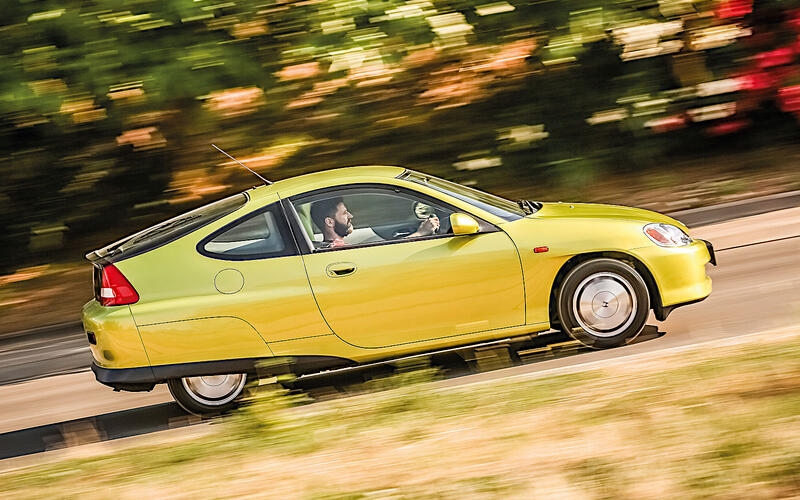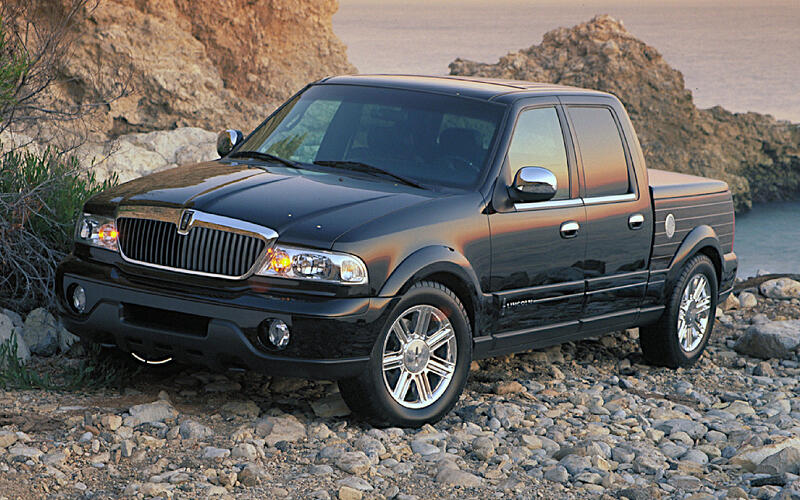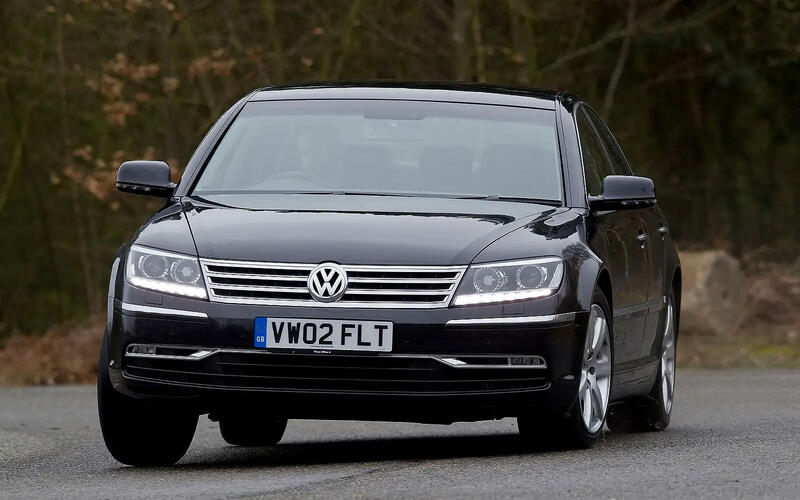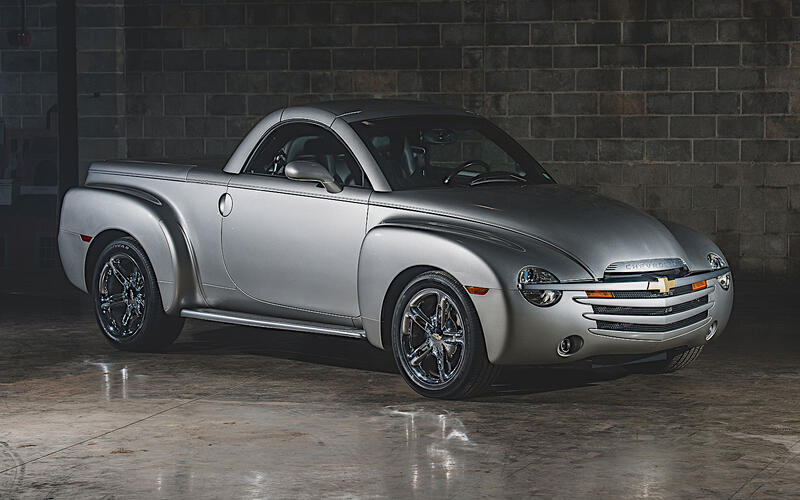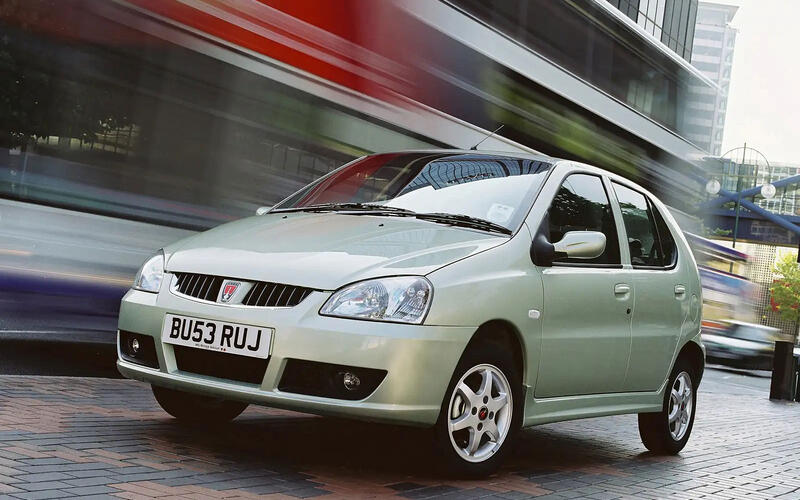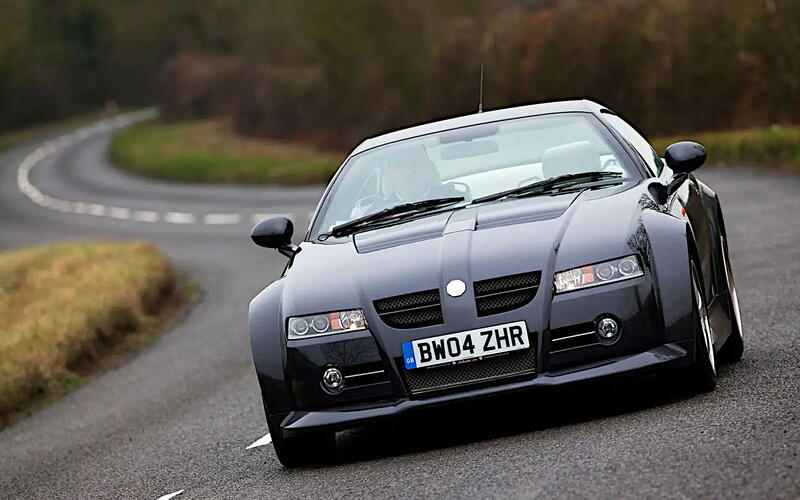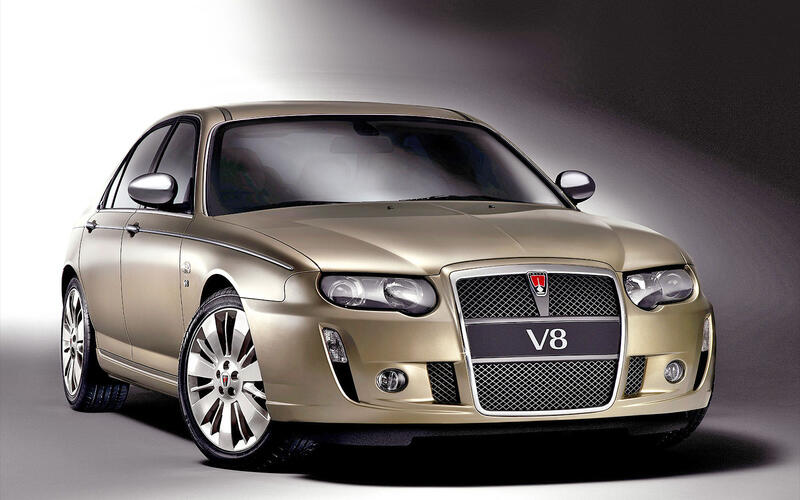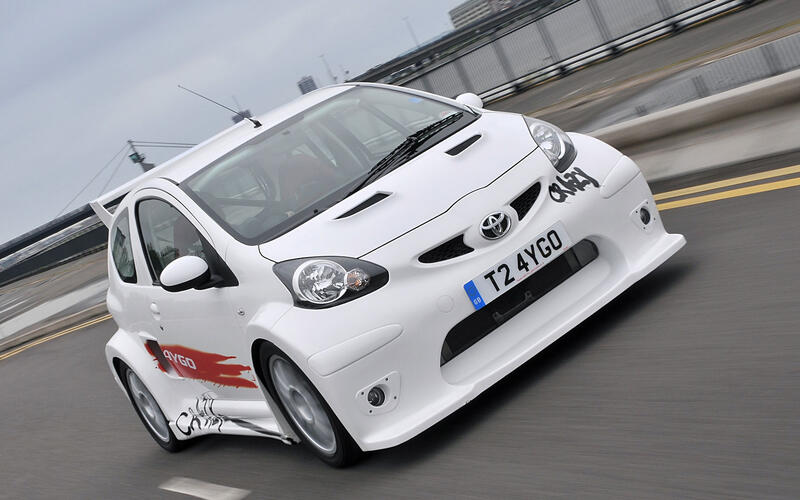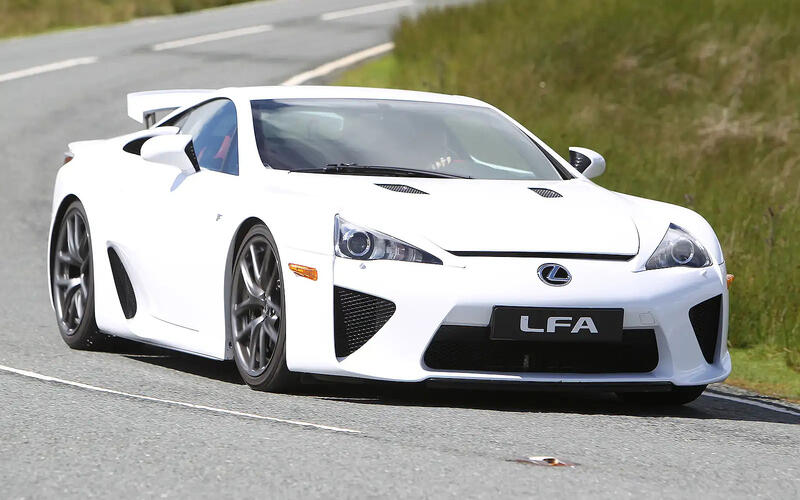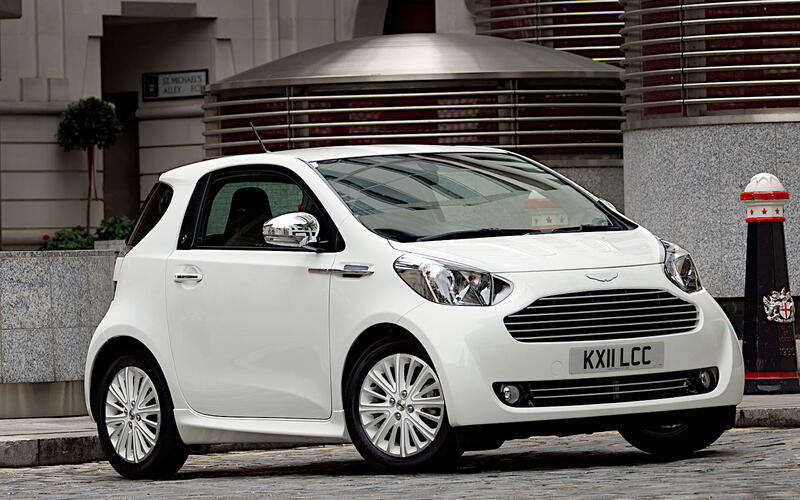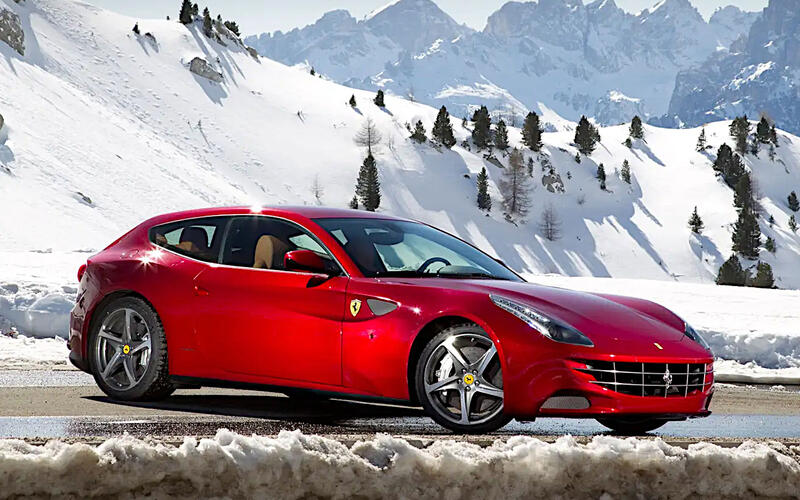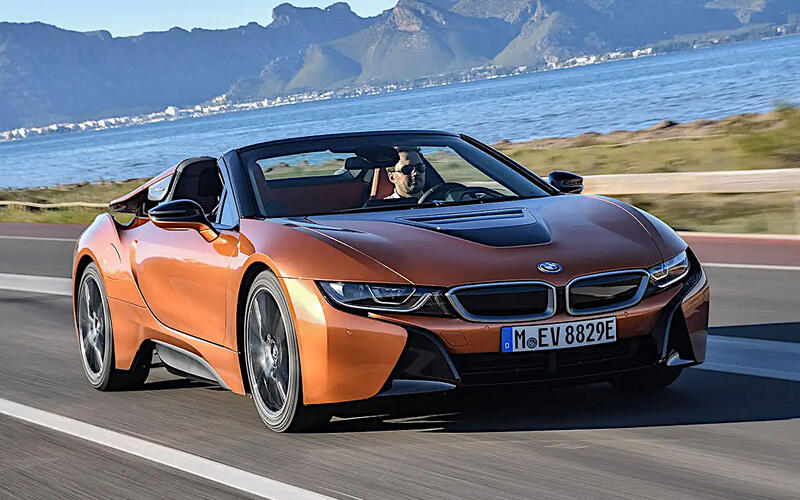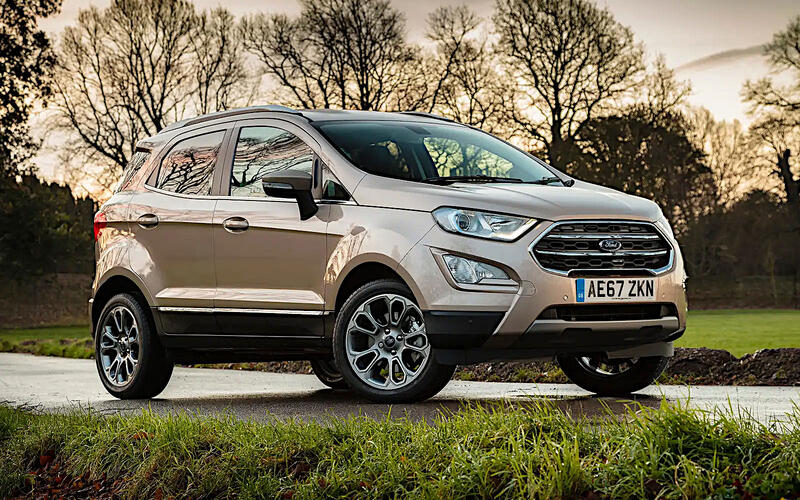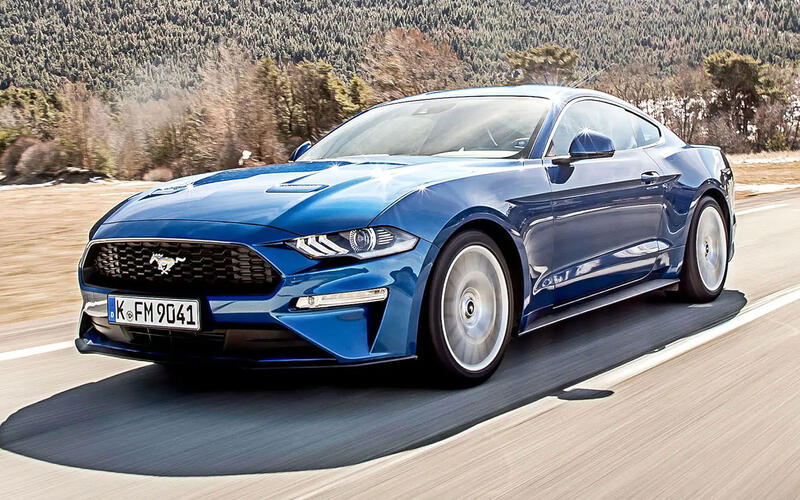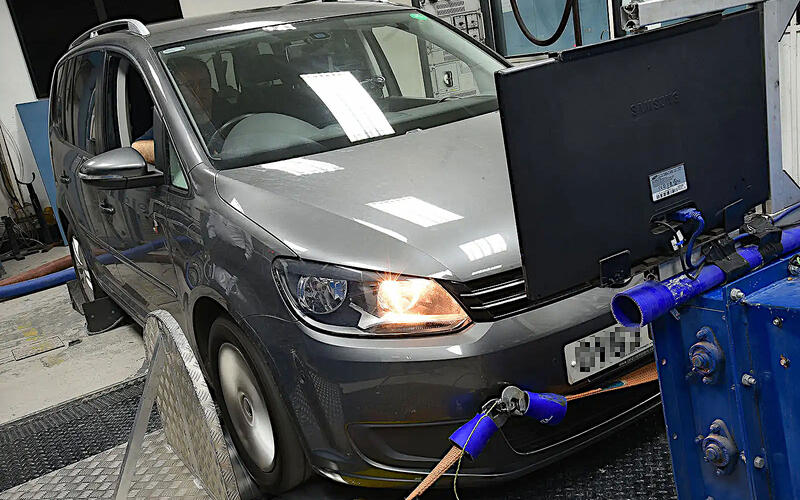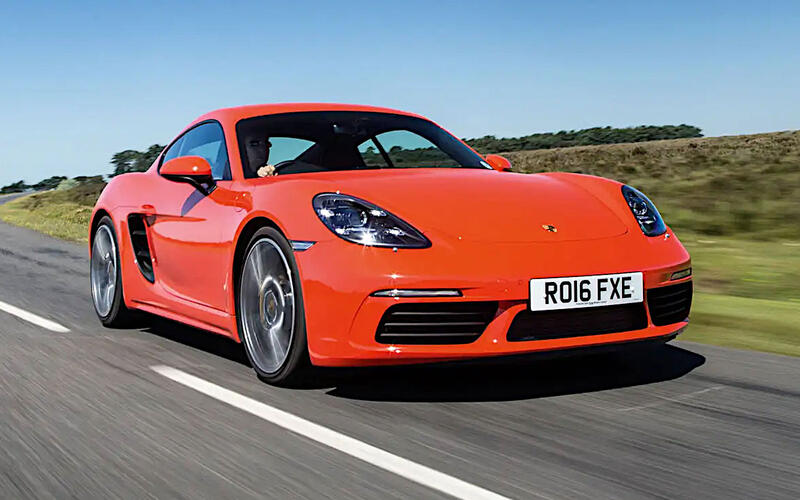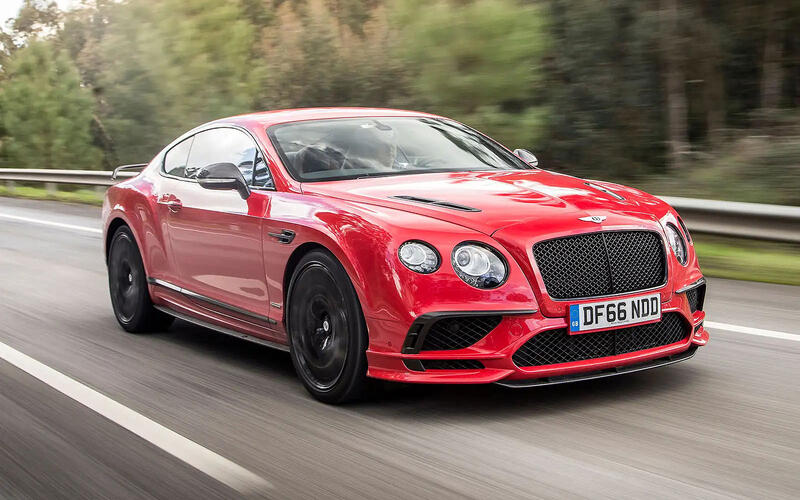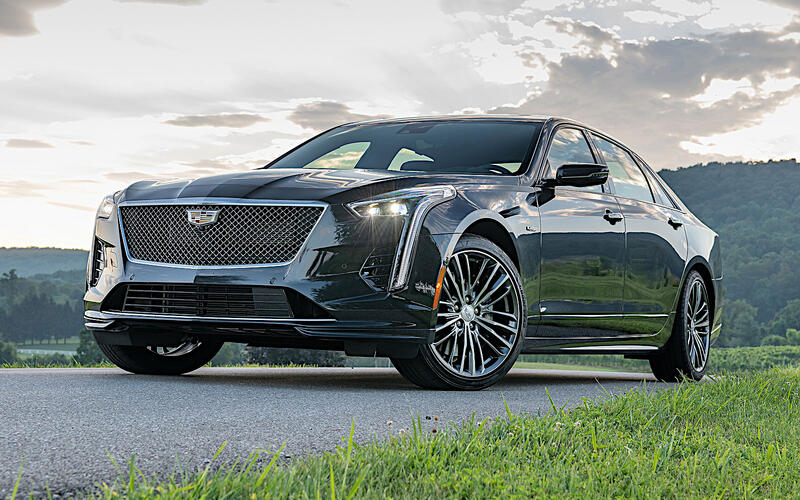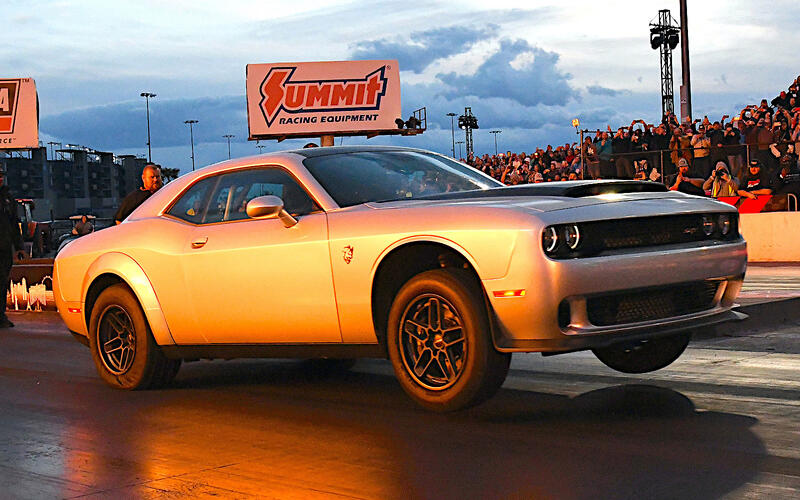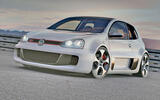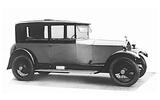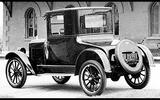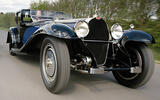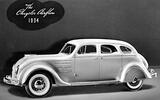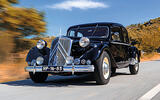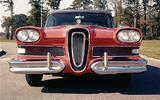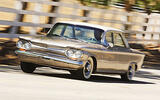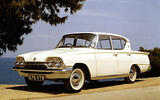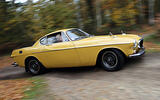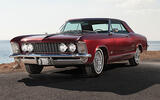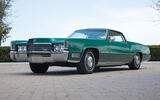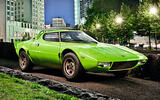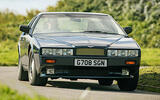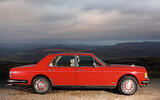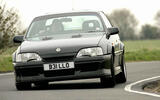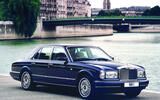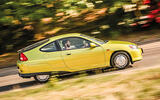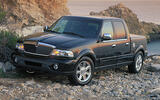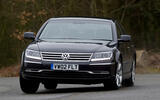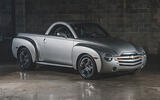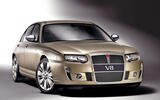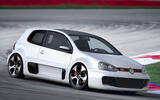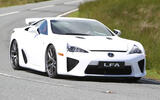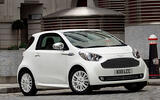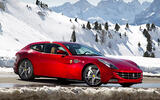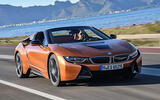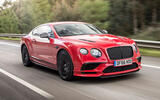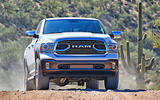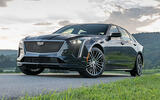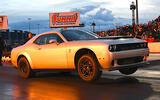 Slide of
Slide of
Car manufacturers are, on the whole, risk-averse most of the time.
It sometimes happens, though, that they produce a very strange vehicle, or invent a bizarre concept, or make some strategic error which leads the rest of us to wonder who sabotaged the coffee machine.
The more respectable the manufacturer, the more fun – or in some cases disturbing – it is when this happens. Here are some famous examples, arranged in chronological order.
 Slide of
Slide of
Rolls-Royce Twenty (1922)
In the closing months of 1922, Autocar’s letters pages fizzed with contrary opinions, robustly expressed, on the subject of the new Rolls-Royce 20hp. Critics wondered if the august company had taken leave of its senses in producing a car with pushrod-operated engine valves, a three- rather than four-speed gearbox and braking only on the rear wheels, among other disappointing features.
Supporters responded that they didn’t have a problem with any of this, and that they liked the ‘Twenty’ very much. As things turned out, Rolls-Royce knew exactly what it was doing. The Twenty sold well for seven years, and was followed by similar entry-level models through to the late 1930s.
 Slide of
Slide of
Chevrolet Copper-Cooled (1923)
The engine in this car was actually cooled by air, but it derives its nickname from the fact that its cooling fins were made of copper. When it was introduced at the New York Automobile Show in January 1923, General Motors was imagining monthly production of 50,000 units by October, and wondering how soon it would be before water-cooled engines became obsolete.
In fact, Chevrolet had over-reached spectacularly. The cars were extremely difficult to build, and dramatically unreliable. Only 759 came off the production line, of which 239 were scrapped almost immediately.
 Slide of
Slide of
Bugatti Royale (1927)
Already celebrated for its racing cars and grand tourers, Bugatti went for the luxury market in a big way with the Type 41, now better known as the Royale. Its 12.8-litre engine, one of the largest ever fitted to a production model, was matched in extravagance both by the car’s length and by its price.
The latter proved to be too much even for royalty in a world collapsing into financial depression, and only half a dozen Royales were ever made. The corresponding figure for its engines was well into three figures, since they were used in French trains to transport ordinary citizens from one part of the country to another, a far cry from their original purpose.
 Slide of
Slide of
Chrysler Airflow (1934)
Chrysler started out building conventional and well-received cars in the 1920s, then turned its reputation upside-down in the following decade. The Airflow’s unibody construction was very unusual for 1934, but this was far less divisive than its streamlined shape, which the US motoring public just wasn’t ready for.
It didn’t help that the styling was wildly adventurous, but even after this had been toned down the car was never fully accepted. Chrysler had been one of the pioneers of automotive aerodynamics, but soon wished it hadn’t been, and adopted a far more cautious approach to vehicle design for many years after it abandoned the Airflow.
 Slide of
Slide of
Citroën Traction Avant (1934)
The Traction Avant wasn’t as streamlined as the Chrysler Airflow, but it shared the US car’s unibody construction, and was also blessed with front-wheel drive, hydraulic brakes and independent front suspension. Citroën’s wildest car yet, surpassed only by the DS 21 years later, was actually a big hit, and remained in production all the way through to 1957.
Despite this, Citroën had taken a big risk which didn’t pay off, at least in the short term. The costs of developing the Traction Avant and constructing a new factory in which to build it were so high that the company collapsed, and had to be rescued in 1935 by its key tyre supplier, Michelin.
 Slide of
Slide of
Edsel (1958)
Ford transformed the global motoring landscape by building 15 million Model Ts in 19 years, so in theory knew what it was doing. But it could make mistakes. The most spectacular example is the Edsel, Ford’s attempt to create a new mid-market brand to compete with the then very successful GM brands Pontiac, Buick and Oldsmobile. Suggested reasons for its failure include ineffective marketing, poor quality control, a controversial design, changing customer tastes, and a horrendous recession; it just didn't sell.
There is a theory however that it wasn’t such a disaster, as the production capacity installed for the Edsel was only a few years later put to good work on producing Ford’s biggest ever success: the Mustang. 400,000 examples were sold in the car’s first year, an industry record at the time.
 Slide of
Slide of
Chevrolet Corvair (1960)
Nearly four decades after its first, bruising experience with an air-cooled engine, GM developed another one for the Corvair, and once again stubbed its corporate toe. This time the problem wasn’t the engine itself so much as the fact that it was placed right at the back of a vehicle with swing-axle rear suspension.
This led to it becoming, unfairly in some people’s view, the poster child for bad-handling American cars. By the time this happened, Chevrolet had produced a new version with much better suspension, but the Corvair’s reputation never recovered.
 Slide of
Slide of
Ford Consul Classic (1961)
European manufacturers often took styling cues from American ones (especially in cases where they were owned by them) with varying degrees of success. Ford of Britain tried it with the Consul Classic, which looked incredibly brash for 1961, not least because of its exotic reverse-angled rear window.
This feature hadn’t caused too much concern when it appeared on the smaller Anglia two years earlier, but the Anglia didn’t look too freakish otherwise and quickly became a big seller. The Consul Classic bombed, and was replaced within three years by the far less upsetting, though also less interesting, Corsair.
 Slide of
Slide of
Volvo 1800 (1961)
Other than the fibreglass-bodied P1900 roadster produced in very small numbers in the late 1950s, there was nothing in Volvo’s history to suggest that it would come up with anything like a sports coupe early in the following decade, or that it would be popular enough to be worth building for a dozen years.
Still, that’s what happened – and, in an even more surprising move, Volvo added an estate derivative in the last two years of production. Subsequent Volvos have had their merits, but none has matched the delicate elegance of the 1800.
 Slide of
Slide of
Buick Riviera (1963)
Since the 1940s, Buick had relied largely on fins, VentiPorts and Sweepspears to make its cars look distinctive. For the first-generation Riviera, Bill Mitchell (1912-1988) abandoned all of them, producing a shape which even rival designers admired for its combination of simplicity and visual impact.
The ‘71 Riviera looked even more dramatic, but that was to be expected. The original model was, stylistically if not mechanically, the ground-breaker.
 Slide of
Slide of
Hillman Imp (1963)
Also marketed for various reasons as the Singer Chamois and Sunbeam Stiletto, among other names, the Imp was a less successful rival to the immensely popular Mini. Its most remarkable feature was an all-alloy overhead-cam engine designed by Coventry-Climax and mounted, canted over to the right, at the rear of the car, just behind a transaxle.
Coming from Hillman, whose other cars were very conventional, it was as surprising as a Rolls-Royce van or a Dacia luxury saloon. The brand had never come up with anything like this before, and never would again. While the Imp was still in production, Hillman became part of the new Chrysler Europe, which soon fell apart and had to be rescued by Peugeot in the late 1970s.
 Slide of
Slide of
Cadillac Eldorado (1970)
In the context of its time, it was possible to see the ‘70 Eldorado coming, but half a century later it seems supremely unlikely. In that model year, the big Caddy became available with a V8 engine measuring no less than 8.2 litres, and as if that wasn’t outlandish enough it drove the front wheels.
Large American front-wheel drivers were not uncommon at the time and nor were big V8s, - GM’s Oldsmobile Toronado had got there in 1966 - but this was the most extreme case. As fuel economy and exhaust emissions became matters of increasing concern, engines available in the US soon became smaller, and neither Cadillac nor anyone else reached such heights again.
 Slide of
Slide of
Lancia Stratos (1973)
With a V4 engine of varying capacities up to 1.6 litres driving the front wheels, the Lancia Fulvia Coupe was one of the finest rally cars of its time, but as the mid 1970s approached it was clear that something new was needed. Lancia responded by developing a model which could hardly have been more unlike its predecessor.
The pretty Fulvia gave way to the almost futuristic Stratos, whose 2.4-litre V6 engine (supplied by Ferrari) drove, and was mounted between, the rear wheels. It was as if Lancia had jumped forward two generations in a single step. The only thing that remained the same was success – the Stratos dominated the World Rally Championship for three years, and might have continued doing so if company politics hadn’t led to it being replaced by the Fiat 131 Abarth.
 Slide of
Slide of
Aston Martin Lagonda (1976)
After the Second World War, Aston Martin bodies became satisfyingly curvaceous, as they still are today. If, right now, the company revealed a new model with sharp-edged bodywork, people would be astonished, but that’s obviously not going to happen.
And yet, it once did. The Lagonda was designed by William Towns (1936-1993), who liked placing flat panels next to each other and saw no reason not to do so here. The effect was shocking, and Aston has never tried anything like it since, but it did continue building the Lagonda (whose shape was later lightly softened up) until 1990.
 Slide of
Slide of
Bentley Mulsanne Turbo (1982)
Bentley supercharged some of its cars in the 1920s, but later abandoned forced induction and did not return to it until the decision was made to add a turbocharger to the 6.75-litre V8 engine used in the Mulsanne.
This move, considered remarkable at the time, emphasised the impression that Bentleys were sportier than Rolls-Royces, even though both brands were then under the same ownership and had spent years producing cars which, apart from badging and some design details, were indistinguishable from each other.
 Slide of
Slide of
Honda NSX (1990)
Honda’s first passenger car, the 1963 S500, was a sporty two-seater, but the company soon became known for producing far more conventional vehicles. In that context, the NSX was an extraordinary car for the company to build.
Gordon Murray drove one while working on the design of the McLaren F1, and at that moment, as he wrote later, “All the benchmark cars – Ferrari, Porsche, Lamborghini – I had been using as references in the development of my car vanished from my mind.” It seems fair to suggest that this would not have happened if he had driven a Civic instead.
 Slide of
Slide of
Vauxhall Lotus Carlton (1990)
Also known as the Opel Lotus Omega, every example of this car started out as a standard 3000 GSI 24v which was transported from the Opel factory in Rüsselsheim to Lotus HQ in Norfolk in England. Work done there included raising the engine’s capacity from 3.0 to 3.6 litres, fitting twin turbochargers and uprating the suspension and brakes.
Now producing 377bhp on the highest-octane fuel then available, and easily able to cope with it, the car was so controversial that there were calls for it to be banned from UK roads, a demand that has not been made of any other Vauxhall before or since.
 Slide of
Slide of
Plymouth Prowler (1997)
In the dying years of Chrysler’s Plymouth brand, there was very little to get excited about. The single exception was the Prowler, which was styled to look like an old-school hot rod, and accordingly stood out from the rest of the Plymouth range like a giraffe in a colony of meerkats.
It was an astonishing and controversial car, but most of the controversy centred on the fact that it had a V6 engine and an automatic gearbox, which was considered disappointing. The Plymouth Howler V8 manual derivative addressed this issue, but it was a show car which never went into production.
 Slide of
Slide of
Rolls-Royce Silver Seraph (1998)
Rather than Rolls-Royce’s usual 6.75-litre V8, the Silver Seraph was powered by a BMW 5.4-litre V12 engine also used in larger BMWs. This seemed perfectly sensible, since there was already an arrangement between the two companies well before the German firm bought Rolls. Unfortunately, the V12 just didn’t suit the car.
It was more powerful than the V8, but to get the best out of it you had to rev it to a most un-Rollsy 5000rpm. At less than half that engine speed, the V8 was by far the stronger than the two. Putting effort into achieving performance might have been acceptable in a 7 Series, but it wasn’t what Rolls-Royce drivers were used to. The use of the engine, a perfectly good idea in business terms, was a much worse one in practice.
 Slide of
Slide of
Honda Insight (1999)
Along with the Toyota Prius, the first-generation Insight was one of the first modern petrol-electric hybrid cars. Honda was not intending to shock anyone with it – on the contrary, this was a serious experiment in reducing the use of fossil fuels as far as possible.
However, Honda went further than Toyota in reducing aerodynamic drag. There was a sober purpose to it, but with its low-drag shape and partially shrouded rear wheels the Insight had a more startling appearance even than the NSX, and was arguably the craziest-looking car the company has ever put on sale.
 Slide of
Slide of
Lincoln Blackwood (2002)
Lincoln was founded in 1917, and became Ford’s luxury division in 1922. In either of those years, or the ones in between, or dozens of those which followed, it’s likely that any suggestion of a future Lincoln pickup truck would have been met with a hard stare, and possibly a sharp retort.
Lincoln executives of the past no doubt rotated in their graves when the noble brand did indeed put a pickup on the market in 2002 – one based on that most utilitarian of vehicles, the Ford F-Series. It bombed almost immediately. Lincoln tried again in 2005 with the similar Mark LT, which did slightly better, but not much.
 Slide of
Slide of
Volkswagen Phaeton (2002)
Critics were quick to point out the irony of a manufacturer whose name means ‘people’s car’ had produced a car which very few people could afford to buy. Based on a similar platform to that of the Audi A8, but made of steel rather than aluminium, the Phaeton, we reported, “fell woefully short of the long-established competition” in the luxury saloon market, but perhaps an even greater problem was that potential buyers were put off by a badge which also appeared on Golfs and Polos.
This wasn’t a problem with the closely-related Bentley Continental GT, though to be fair to Volkswagen we should point out that the Phaeton somehow survived for 14 years before quietly leaving the scene.
 Slide of
Slide of
Chevrolet SSR (2003)
Since its foundation in 1911, Chevrolet has usually created vehicles which compete in well-established market sectors. The SSR was a rare exception, since sales of retro-styled hardtop convertible pickup trucks have historically been on the low side.
This strange machine had a vague resemblance to the Advanced Design trucks manufactured from 1947 to 1955, though a single example of its smallblock V8 (originally 5.3 litres, later 6.0) produced more power on its own than several of the engines used in the earlier models put together. Despite this, potential customers found the SSR unconvincing, and it was dropped after the 2006 model year.
 Slide of
Slide of
CityRover (2003)
The CityRover was one of three attempts made in 2003 to keep MG Rover in business before it came to an inevitable end. Desperate to shift metal and needing a small car after the Rover 100’s demise, the British company tried to survive a little longer by selling a rebadged version of the Tata Indica, built by the Indian firm which now owns Jaguar and Land Rover.
It proved too primitive for the UK, and could not prevent MG Rover from collapsing in 2005.
 Slide of
Slide of
MG XPower SV (2003)
The XPower SV, which otherwise resembled the CityRover in no respect whatever, was at least similar in that it was another attempt to save the ailing MG Rover. It was conceived as the De Tomaso Biguá concept and later became the Qvale Mangusta before being passed into British hands, and was powered by a 4.6-litre Ford V8 engine we’ll be meeting again shortly.
Less exciting than it looked, the car was at least a lot better than the CityRover, but as we said in a retrospective article published in 2013, “If it did not cause MG Rover’s passing, the SV also did nothing to delay it.”
 Slide of
Slide of
Rover 75 V8 (2003)
At a time when MG Rover was losing money at a spectacular rate, some of what was left was spent on commissioning Prodrive to convert the Rover 75 to rear-wheel drive and fit a 4.6-litre Modular V8 engine bought-in from Ford and also used in the Mustang. Yes, sensible-shoes Rover sure got up to some rum stuff at the end of its life… MG got its own V8 version called the ZT 260.
Although these cars had their merits, nobody could possibly have believed that they were going to be big sellers. Creating them was therefore not a wise use of diminishing resources, but wisdom of that sort was not characteristic of MG Rover in its dying days.
 Slide of
Slide of
Volkswagen Golf GTI W12-650 (2007)
If you exclude the high-performance GTI and R variants, Golfs have generally been sensible, everyday cars for the near half-century since the first went on sale. Volkswagen briefly turned that idea on its head in 2007 by creating this absolute monster.
Its engine was a 641bhp twin-turbo version of the 6.0-litre W12 occasionally fitted to larger VWs, along with Audis and Bentleys, and it was mounted where the rear seats would normally be rather than under the bonnet. The claimed top speed and 0-62mph time of 202mph and 3.7 seconds respectively were never experienced by private buyers, because the W12-650 remained a one-off.
 Slide of
Slide of
Toyota Aygo Crazy (2008)
Mechanically, the Crazy was more restrained than the Golf GTI W12-650, but the thinking behind it was just as unbridled. Like VW, Toyota went for a mid-engined layout, the engine in question this time being the 1.8-litre unit also used in the MR2 and Celica, but here turbocharged so that it produced a maximum of 197bhp. For reference, the 1.0-litre three-cylinder motor mounted under the bonnet of the regular Aygo produced just 68bhp.
With intense precision, Toyota claimed a 0-62mph time of 5.75 seconds, while the top speed was estimated (because, as we said after testing the car, “nobody has been brave enough to confirm it yet”) at 127mph.
 Slide of
Slide of
Lexus LFA (2010)
Toyota’s upmarket brand started out making luxury saloons in 1989, and later diversified into SUVs and more sporty models. None of these, even 2007’s IS F, gave any hint that the LFA was approaching.
An example of “the firm trying to rewrite the supercar rulebook at its first attempt”, as we put it, this remarkable machine had a 552bhp 4.8-litre V10 engine mounted in the front half of a carbonfibre tub. We didn’t think the package entirely worked, but this remains perhaps the most astonishing machine Lexus has ever produced.
 Slide of
Slide of
Aston Martin Cygnet (2011)
Eyebrows were raised in astonishment, and tables clutched for support, when Aston Martin announced the Cygnet. Even stranger in concept, if not execution, than the Lagonda of the 1970s, this was simply a Toyota iQ city car with higher equipment levels, a mild restyle and a five-figure sum added to the list price.
Among conventional city cars, we decided it “must rank as one of the daftest this century”, but Aston believed (or claimed to) that there was a market for it. And yes, there was, but it turned out to be far smaller than the company had hoped.
 Slide of
Slide of
Ferrari FF (2011)
Ferrari’s first SUV, the Purosangue, would have been unthinkable 20 years ago, but developments in the motor industry have made it almost inevitable. The FF was quite different – a four-wheel drive estate car from a company which hardly anyone could have expected to dream up such a thing.
Okay, the front wheels were driven only occasionally, and ‘shooting brake’ is perhaps a better term than ‘estate’. Still, Ferrari described it as “nothing short of a revolution in the automotive world”, while we called it “a hypercar carrier of four unrivalled in ethos or execution”.
 Slide of
Slide of
BMW i8 (2014)
The i8 was only BMW’s second mid-engined production car after the M1, which was launched in 1978. The passing of nearly four decades was evident in the younger car’s carbonfibre-reinforced plastic bodyshell, hybrid powertrain (an electric motor at the front and a turbocharged 1.5-litre petrol engine at the rear) and dramatic body, designed to reduce aerodynamic drag as far as possible.
Utterly unlike any other BMW of the 21st century so far, the i8 was expensive, but also, the company claimed as production wound down in 2020, “the world’s most successful sports car with electrified drive”. In our view, it was “a brilliant grand tourer”.
 Slide of
Slide of
Ford EcoSport (2014)
As we approached the middle of the 21st century’s second decade, it became clear that Ford didn’t have a wide enough range of SUVs available in Europe. Rather than develop a compact crossover model in that region, Ford decided to bring over the second-generation Fiesta-based EcoSport, which was developed in Brazil.
Popular in South American markets, the EcoSport didn’t go down well on the other side of the Atlantic, and Ford received a lot of criticism for its policy. Improvements were made, but in 2022 we were still wondering “why Ford would continue to risk its hard-won reputation with such a deeply average, rough-hewn small car”. In 2020 it got upstaged by Ford’s Puma, which was similarly sized but far superior.
 Slide of
Slide of
Ford Mustang EcoBoost (2014)
Although there had been Mustangs with four-cylinder engines in the past, Ford had not produced one for 30 years when it fitted the sixth-generation model with the turbocharged 2.3-litre EcoBoost unit in 2014. Also used in the final Focus RS, it sounded quite fruity, and there were those who said that its lack of weight contributed positively to the car’s handling, but it just didn’t have the character of the alternative 5.0-litre V8.
The EcoBoost was carried forward to the seventh generation, with such little success – in the UK, at least – that Ford abandoned it and concentrated on the V8 instead. The EcoBoost Mustang is still, however, available in the US.
 Slide of
Slide of
Volkswagen Touran etc. & Dieselgate (2015)
The motoring world was rocked to its foundations when Volkswagen, one of the world’s most respected and staid car companies, was found to have installed its diesel-engined cars with devices which made them produce far less nitrogen oxide during official emissions testing than they did when being driven on the road.
Further investigations showed that other manufacturers had been performing similar tricks, but ‘dieselgate’ remains most closely associated with Volkswagen, which suffered badly both financially – the disaster cost it around €30 billion in fines and settlements - and in terms of reputation as a result.
 Slide of
Slide of
Porsche Cayman/Boxter (2016)
In their current generation, Porsche’s mid-engined sports cars have generally been very well received. Controversy arose the moment Porsche announced that it would be available with 2.0- and 2.5-litre four-cylinder engines as well as a more conventional (for the company) 4.0-litre straight-six.
The fours sounded quite decent – not unlike high-performance Subarus, whose engines used the same layout – but they didn’t sound like Porsches, and that made a lot of people rather cross.
 Slide of
Slide of
Bentley Continental GT Supersports (2017)
For the second Continental GT Supersports, introduced eight years after the first, Bentley raised the power output of its 6.0-litre W12 engine to 700bhp. According to the company’s own figures, the top speed and 0-62mph time of the coupe accordingly improved to 209mph and 3.4 seconds respectively, while the convertible could manage 205mph and 3.7 seconds.
The problem with all this was that, even after a weight-saving programme, the Supersports still weighed 2.3 tonnes, and was therefore not, as far as we were concerned, a super sports car. “Think of it instead as a traditional Bentley turned up to 11,” we suggested.
 Slide of
Slide of
Ram Martin Luther King ad (2018)
The ad for the Ram 1500 pickup truck during Super Bowl LII on 4 February 2018 was based on the Drum Major Instinct sermon delivered by Martin Luther King (1929-1968) exactly half a century before. This was controversial even among those close to King, since although the Martin Luther King, Jr. estate had given its approval, the Martin Luther King, Jr. Center had not.
More broadly, much of the resulting outcry centred on the fact that King had made critical comments about car advertising in the same sermon, and would presumably have objected to his words being used for that purpose. Onlookers wondered what Ram had been thinking of when it created the ad, but it certainly drew attention to the brand, though not necessarily for the right reasons.
 Slide of
Slide of
Cadillac Blackwing (2019)
The Blackwing engine is remarkable for two reasons. First, it’s a twin-turbocharged 4.2-litre V8 which produced 550bhp (or 131bhp per litre) in the CT6-V high-performance luxury saloon and 500bhp in the CT6 Platinum. If people were surprised that Cadillac, rather than GM stablemate Chevrolet, would produce a motor like this, they must have been astonished by what happened next.
Cadillac used the Blackwing for only two model years. It was then dropped, and there has been no suggestion that it will ever return, though the name has been re-used in the CT4-V and CT5-V Blackwing models. The latter has a 668bhp supercharged 6.2-litre Chevy V8, but its bhp per litre figure of 108 doesn’t approach that of the 2019 engine.
 Slide of
Slide of
Dodge Challenger SRT Demon 170 (2023)
The power of Chrysler’s supercharged 6.2-litre V8 engine had been rising for so long that it was noteworthy but not shocking when they began to exceed 800bhp. The game changed completely when the SRT Demon 170 variant of the Dodge Challenger, of which 3300 are being built for sale in the US and Canada, was announced as having a four-figure output.
As long as the engine senses that the fuel contains an optimal amount of ethanol, it produces 1025bhp, enough to give the car a claimed 0-60mph time of just 1.66 seconds in ideal conditions. As electrification spreads throughout the motor industry, it seems unlikely that any future petrol-engined road car will be able to match this.
If you enjoyed this story, please click the Follow button above to see more like it from Autocar
Access control:
Open
Include in Apple News:

